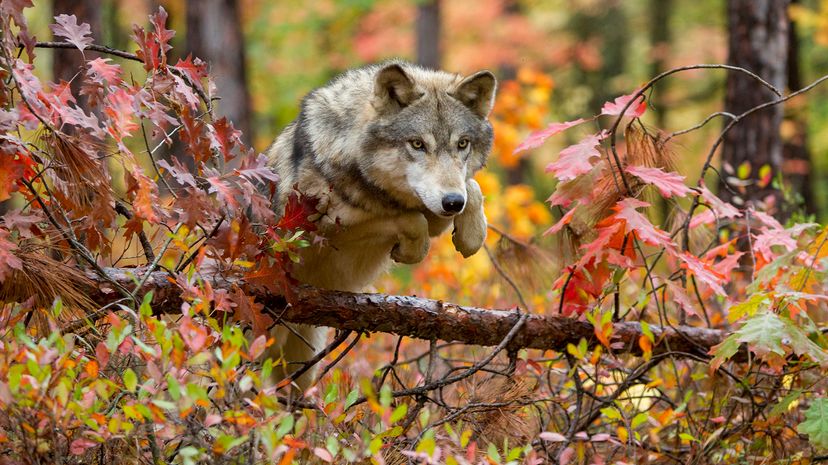
Key Takeaways
- Animal classification, established by Carl Linnaeus, categorizes living beings into a hierarchical system, including domains, kingdoms, phyla, classes, orders, families, genera and species.
- This system helps scientists organize and study the diversity of life, grouping organisms based on their shared characteristics and evolutionary relationships.
- Modern taxonomy includes five kingdoms: Animalia, Plantae, Fungi, Monera and Protista, with further subdivisions to categorize all known life forms.
You can categorize every single living being. This classification system allows scientists to study plant and animal diversity and to group closely related species. From horses to insects to worms, animal classification focuses on every animal in the so-called kingdom animalia.
In this article, we'll take a closer look at the origins of this classification and how animal classification works.
Advertisement
Advertisement